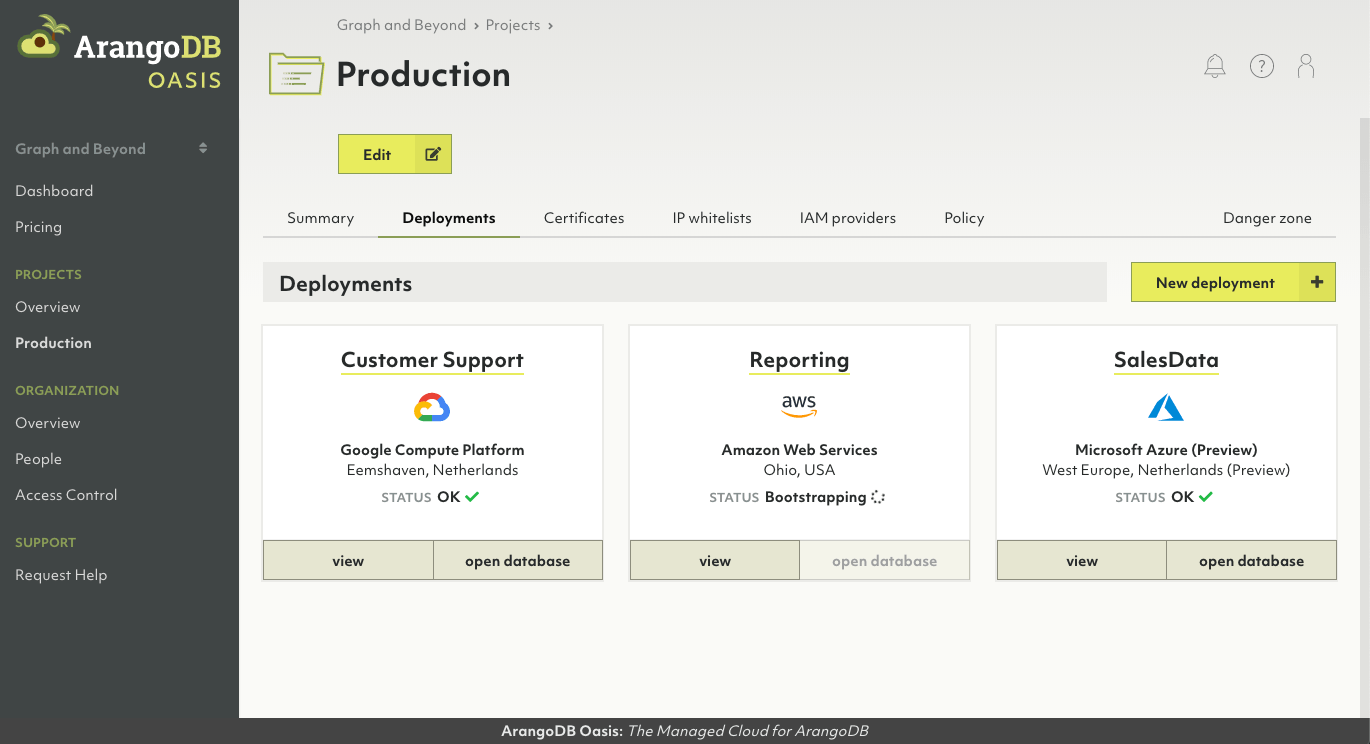

There are a lot of things that traditional databases do wrong now… to be fair, MySQL is over 20 years old now, it comes from a completely different era of computing. Import/Export is as JSON files, cleanly separated into structure and data.A “pure” Graph DB can be rendered impractical by adhering to an ideology of graphy purity, a multi-model database does not suffer from ideology, by also acting as a document store and key:value store it can enjoy extremely high performance for operations which a graph model is ill-suited for. Like SQL, AQL fulfills this promise while being more readable.
#Arangodb data import software
A good language provides expressive power, that is relatively few words are required to express your will and make the software carry it out. The flow of AQL is decidedly straightforward and it is far more readable than SQL. The Arango Query Language (AQL) resembles python and javascript by using for.Now I recognize it’s bloody brilliant, in fact it’s practically common sense. At first it seemed like a weird bolted on feature. Instead of proliferation of services you get consolidation. The microservices are js plugins that run inside it - snug up against the data where there is no communication overhead. But with ArangoDB instead of running a bunch of different services, you run just one: ArangoDB.

#Arangodb data import install
You just install it and it’s ready to go - no dependencies or complications. Can act as a standalone backend server, presenting a REST API.Natively JSON, basically it speaks, thinks in and understands JSON.Not only that but it caters to providing JSON data to client side rendering frameworks - in that sense it is highly practical. ArangoDB is a multi-model database, which means it can act as a document store (like MongoDB), key: value store (like Redis) and a graph database (like neo4j). I found a database called ArangoDB that thoroughly exceeds expectations. There is no need for one of these to be the root of the data. A graph database can model complex relationships: for example here the Pali Nikayas are children of “su” (Suttas) and “pi” (Pali).


 0 kommentar(er)
0 kommentar(er)
